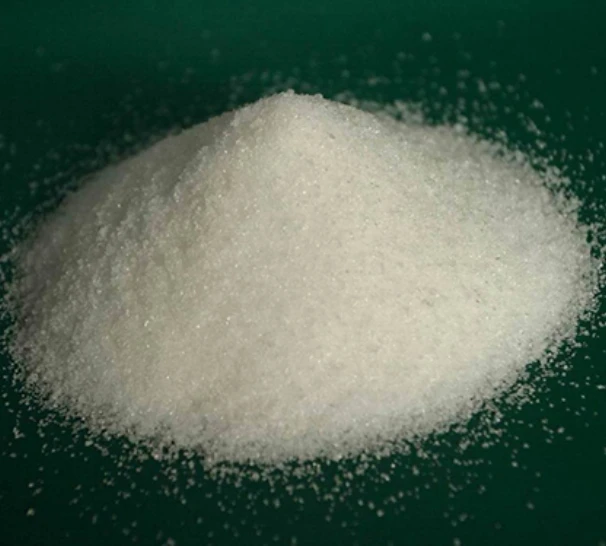diethylene triamine penta
Understanding Diethylene Triamine Pentaacetic Acid (DTPA)
Diethylene triamine pentaacetic acid, commonly referred to as DTPA, is a chelating agent with significant applications in various fields, including medical, analytical, and industrial sectors. Its structure, characterized by five carboxylic acid groups and a central nitrogen atom, allows it to effectively bind to metal ions, making it an essential compound in the treatment and management of metal toxicity as well as in the analysis of trace metals.
Chemical Structure and Properties
DTPA belongs to a class of compounds known as aminopolycarboxylic acids. Its molecular formula is C14H23N3O10, and its IUPAC name is N,N’-bis(2-aminoethyl)ethylenediamine-N,N,N',N'-tetraacetic acid. The three-dimensional structure of DTPA includes a backbone of ethylene and amine groups, which facilitate the formation of stable chelate complexes with various metal ions, such as lead, mercury, and uranium. Because of its high stability with these metals, DTPA is utilized in both therapeutic and diagnostic applications.
Applications in Medicine
In the medical field, DTPA is primarily used in chelation therapy, a treatment designed to remove heavy metals from the human body. This is particularly beneficial for patients who have been exposed to toxic levels of metals, such as lead or mercury. DTPA works by binding to these metal ions in the bloodstream, forming a stable complex that can be excreted through the kidneys. This process reduces metal concentration in tissues and mitigates the associated health risks.
diethylene triamine penta

DTPA is also used as a contrast agent in nuclear medicine imaging. When labeled with isotopes, DTPA can be administered to patients to help visualize organ function, particularly in kidneys and spleen. The imaging process relies on the ability of DTPA to quickly distribute across tissues while excreting rapidly through urine, making it an effective tool for diagnostic purposes.
Industrial and Environmental Uses
Beyond the medical field, DTPA is widely utilized in industrial applications. It is employed in water treatment processes to remove unwanted metal ions from wastewater, thereby preventing contamination. DTPA also plays a pivotal role in agriculture, where it is used as a component in fertilizers to enhance the bioavailability of essential micronutrients to plants. By chelating the metals required for plant growth, DTPA ensures that these nutrients are more easily absorbed through the plant roots.
In the realm of analytical chemistry, DTPA's ability to chelate metals makes it a valuable reagent for analyzing trace metal concentrations in samples. Its effectiveness in various pH levels allows for consistent results, making it an essential component in laboratories focused on environmental monitoring and quality control.
Conclusion
Diethylene triamine pentaacetic acid (DTPA) is a versatile and powerful chelating agent with a wide range of applications in medicine, industry, and analytical chemistry. Its capacity to bind and eliminate harmful metal ions from the human body highlights its importance in treating metal toxicity, while its utility in various industrial processes emphasizes its role in promoting environmental sustainability. As research continues, new applications and benefits of DTPA are likely to emerge, reinforcing its significance in modern science and medicine. The growing awareness of environmental issues and metal toxicity further solidifies the relevance of DTPA in both therapeutic and industrial contexts, ensuring that it remains a staple compound well into the future.
-
Water Treatment with Flocculant Water TreatmentNewsJun.12,2025
-
Polymaleic AnhydrideNewsJun.12,2025
-
Polyaspartic AcidNewsJun.12,2025
-
Enhance Industrial Processes with IsothiazolinonesNewsJun.12,2025
-
Enhance Industrial Processes with PBTCA SolutionsNewsJun.12,2025
-
Dodecyldimethylbenzylammonium Chloride SolutionsNewsJun.12,2025





